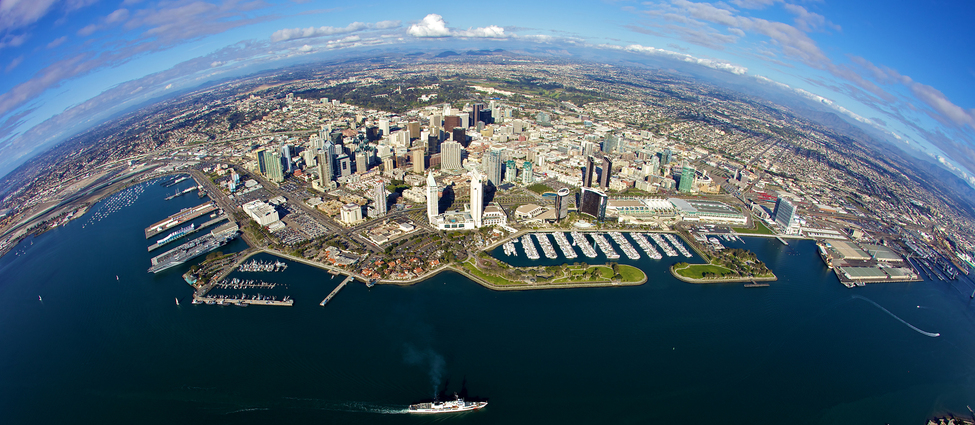

News
TPP and San Diego’s innovation economy

SAN DIEGO, CA, USA - This week, U.S. Secretary of Commerce Penny Pritzker and Qualcomm CEO Steve Mollenkopf joined a panel of local business leaders from Solar Turbines, Solatube and Northrop Grumman to unveil UC San Diego School of Global Policy and Strategy’s new study on the importance of the Trans-Pacific Partnership (TPP) to the nation and San Diego. The summary, “San Diego and the Trans-Pacific Partnership,” produced by World Trade Center San Diego, explains how San Diego’s unique economic assets position the region to realize relatively greater benefits from TPP than the U.S. as a whole.
TPP, an international trade deal negotiated by the Obama administration and 11 other Pacific Rim countries, seeks to lower trade barriers for exporters and increase intellectual property protections for multinational companies.
San Diego’s prime location on the edge of the Pacific Rim, as well its specialization in advanced manufacturing and other key industries tied to the innovation economy – including scientific R&D, engineering, software and cybersecurity – position the region to benefit disproportionately from TPP.
Key findings include:
- When compared to other TPP member countries, the U.S. has one of the least restrictive markets – it is easier for foreign markets to export to the U.S. than it is for U.S. companies to send their products abroad.
- More than 97 percent of San Diego’s exports – primarily high-value advanced manufacturing products – are sold in TPP markets and are collectively worth $22 billion.
- Enhanced IP protections would benefit San Diego’s innovation economy; San Diego is the third most patent intensive region in the world and five times more specialized in scientific R&D than the nation as a whole.
- Increased export growth could produce real rising wages for 150,000 high-wage jobs in the region’s manufacturing and innovation sectors.
- San Diego’s service-providing sector – generally non-traded industries accounting for 87 percent of total employment – is largely insulated from foreign competition.
To read the original article, click on the source link below: